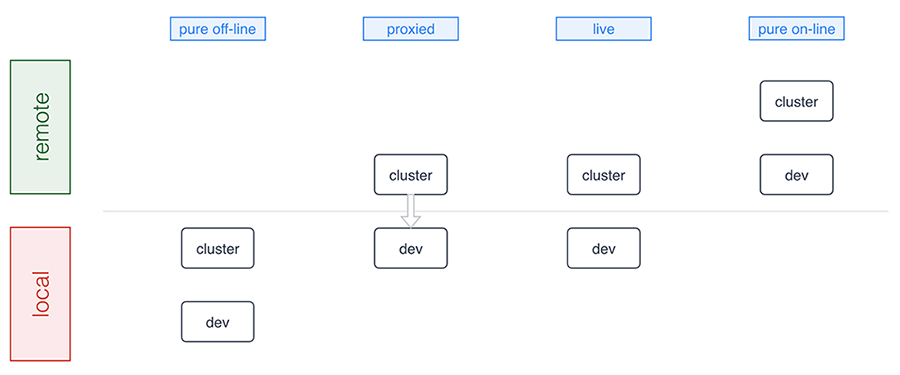

- #KUBERNETES INSTALL APACHE SPARK ON KUBERNETES DRIVER#
- #KUBERNETES INSTALL APACHE SPARK ON KUBERNETES SOFTWARE#
- #KUBERNETES INSTALL APACHE SPARK ON KUBERNETES DOWNLOAD#
In Spark 2.3, we're starting with support for Spark applications written in Java and Scala with support for resource localization from a variety of data sources including HTTP, GCS, HDFS, and more.
#KUBERNETES INSTALL APACHE SPARK ON KUBERNETES DRIVER#
When the application completes, you should see the computed value of Pi in the driver logs. The results can be streamed during job execution by running: $ kubectl get pods -l 'spark-role in (driver, executor)' -w To watch Spark resources that are created on the cluster, you can use the following kubectl command in a separate terminal window. Please note that this requires a cluster running Kubernetes 1.7 or above, a kubectl client that is configured to access it, and the necessary RBAC rules for the default namespace and service account.

For example, below, we describe running a simple Spark application to compute the mathematical constant Pi across three Spark executors, each running in a separate pod.
#KUBERNETES INSTALL APACHE SPARK ON KUBERNETES DOWNLOAD#
To try this yourself on a Kubernetes cluster, simply download the binaries for the official Apache Spark 2.3 release. The community is also exploring advanced use cases such as managing streaming workloads and leveraging service meshes like Istio. In contrast with deploying Apache Spark in Standalone Mode in Kubernetes, the native approach offers fine-grained management of Spark Applications, improved elasticity, and seamless integration with logging and monitoring solutions. Best of all, it requires no changes or new installations on your Kubernetes cluster simply create a container image and set up the right RBAC roles for your Spark Application and you're all set.Ĭoncretely, a native Spark Application in Kubernetes acts as a custom controller, which creates Kubernetes resources in response to requests made by the Spark scheduler. Apache Spark workloads can make direct use of Kubernetes clusters for multi-tenancy and sharing through Namespaces and Quotas, as well as administrative features such as Pluggable Authorization and Logging. Starting with Spark 2.3, users can run Spark workloads in an existing Kubernetes 1.7+ cluster and take advantage of Apache Spark's ability to manage distributed data processing tasks. Given that Kubernetes is the de facto standard for managing containerized environments, it is a natural fit to have support for Kubernetes APIs within Spark. Data scientists are adopting containers en masse to improve their workflows by realizing benefits such as packaging of dependencies and creating reproducible artifacts.
#KUBERNETES INSTALL APACHE SPARK ON KUBERNETES SOFTWARE#
By building our Data Science Platform on top of Kubernetes, we're making state-of-the-art data science tools like Spark, TensorFlow, and our sizable GPU footprint accessible to the company's 5,000+ software engineers in a consistent, easy-to-use way." - Steven Bower, Team Lead, Search and Data Science Infrastructure at Bloomberg Introducing Apache Spark + KubernetesĪpache Spark 2.3 with native Kubernetes support combines the best of the two prominent open source projects - Apache Spark, a framework for large-scale data processing and Kubernetes.Īpache Spark is an essential tool for data scientists, offering a robust platform for a variety of applications ranging from large scale data transformation to analytics to machine learning. "Bloomberg has invested heavily in machine learning and NLP to give our clients a competitive edge when it comes to the news and financial information that powers their investment decisions. However, unifying the control plane for all workloads on Kubernetes simplifies cluster management and can improve resource utilization. Traditionally, data processing workloads have been run in dedicated setups like the YARN/Hadoop stack. New extensibility features in Kubernetes, such as custom resources and custom controllers, can be used to create deep integrations with individual applications and frameworks. The open source community has been working over the past year to enable first-class support for data processing, data analytics and machine learning workloads in Kubernetes.


 0 kommentar(er)
0 kommentar(er)
